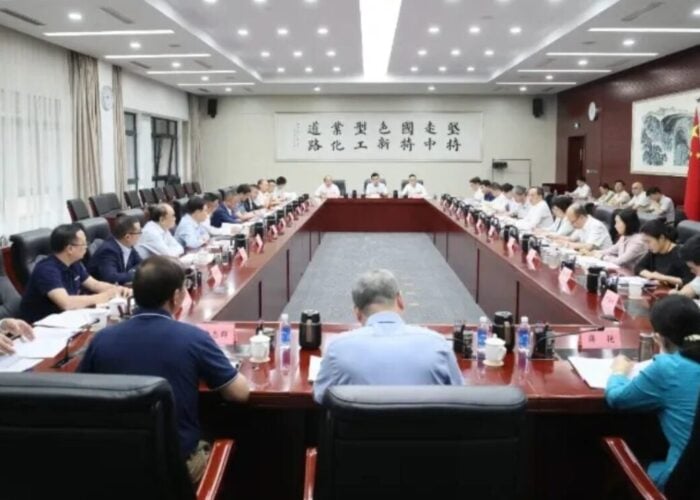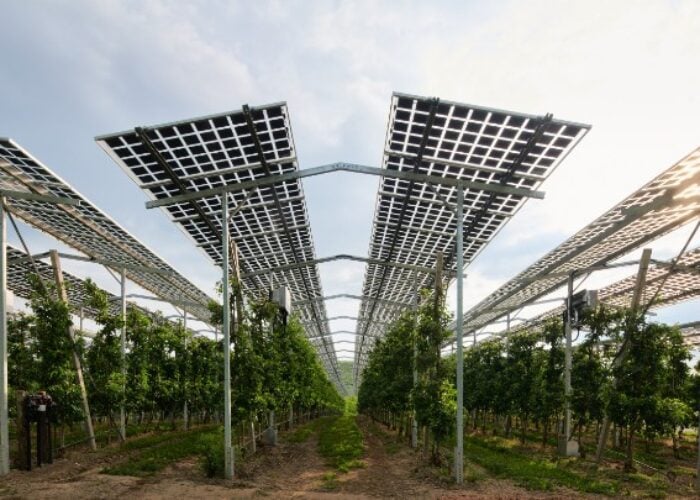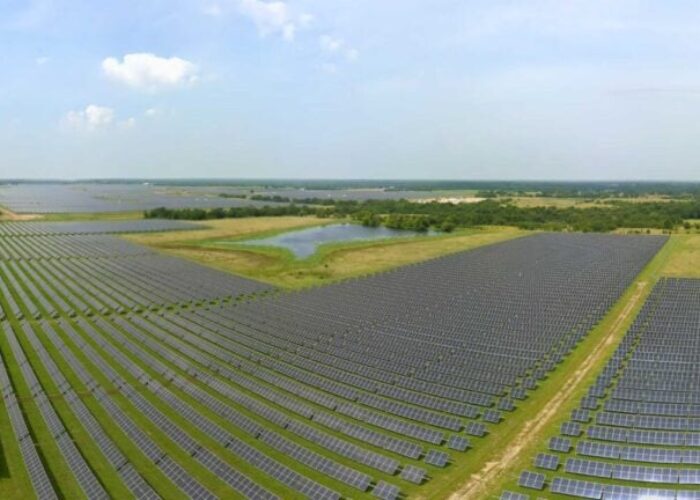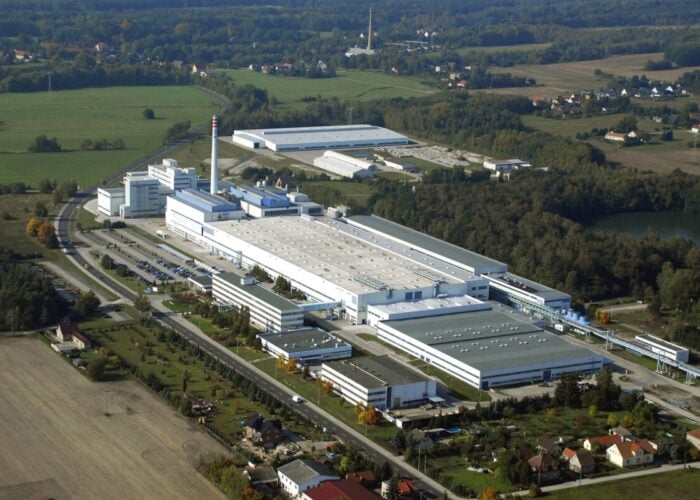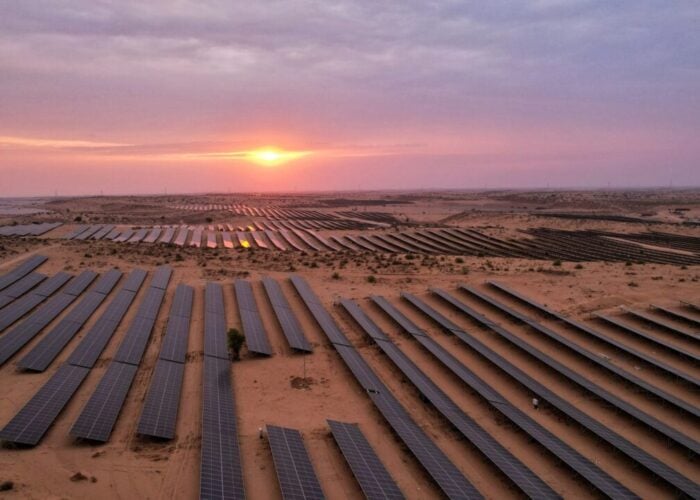Wide bandgap semiconductors based on silicon carbide (SiC) and gallium nitride (GaN) substrates are set to drive down the levelised cost of electricity (LCOE) and boost margins on electricity sold, according to a new report from Lux Research.
The report, Reaching for the High Fruit: Finding Room for SiC and GaN in the Solar Inverter Market, points clearly to SiC and GaN PV inverter discrete devices offering improved performance and reliability over silicon-based devices.
Unlock unlimited access for 12 whole months of distinctive global analysis
Photovoltaics International is now included.
- Regular insight and analysis of the industry’s biggest developments
- In-depth interviews with the industry’s leading figures
- Unlimited digital access to the PV Tech Power journal catalogue
- Unlimited digital access to the Photovoltaics International journal catalogue
- Access to more than 1,000 technical papers
- Discounts on Solar Media’s portfolio of events, in-person and virtual
This will propel the market for PV inverter discrete devices to US$1.4 billion in sales in 2020, Lux Research said, supported by growth in the downstream PV market.
Pallavi Madakasira, Lux Research Analyst said: “The holy grail for solar inverters is the implementation of wide bandgap semiconductors – specifically, silicon carbide and gallium nitride. The performance benefits from both are such that inverter suppliers could charge a premium price and still achieve a significantly lower LCOE.”
Lux Research said that SiC and GaN components would lead to higher conversion efficiencies for inverters, allowing micro- and string inverters to push efficiencies above 98%.
The report also highlighted that while diodes increased harvested energy by more than 1.5%, SiC and GaN transistors can increase it by more than 4%. GaN-on-silicon based was said to offer the lowest cost solution while GaN-on-SiC and SiC-on-SiC based devices offered far superior efficiency.
This will also lead to microinverters commanding the highest price premiums. SiC and GaN have the greatest price premium power (>$0.10/Wp) in microinverters, without increasing LCOE, according to the report, making the segment attractive for SiC and GaN to see early adoption and ramp up volumes.
Overall, GaN and SiC devices provide indirect cost savings in the form of a reduced failure rate of passive components, footprint reduction and savings in installation cost. Also, their superior thermal conductivity reduces the size of the heat sink in inverters.
Lux Research believes that after a PV inverter segment shakeout, companies such as SMA and Power-One that have already embraced SiC technology were well positioned, while start-ups like Enecsys and mPowerSolar were under pressure to either implement SiC or GaN and absorb the extra cost, or lose their foothold in the market.

